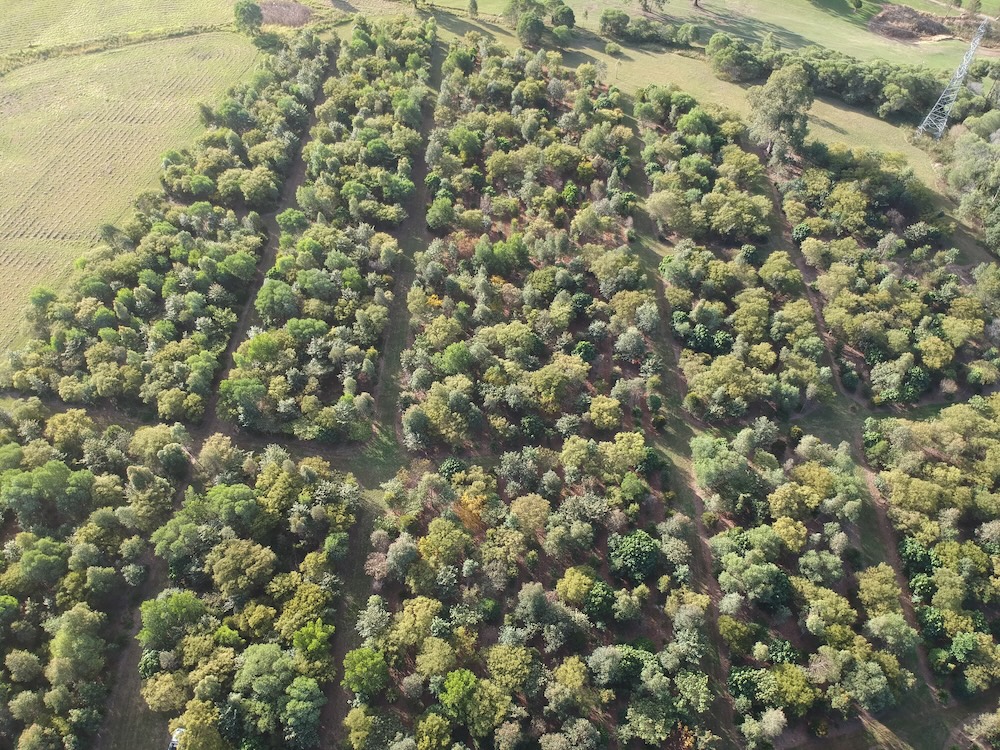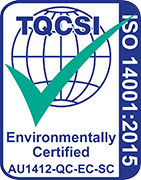
Designing successful environmental planting projects
By Scott Jardine, Carbon and Natural Capital Technical Lead
29 April, 2024
So you’re considering planting some trees and tapping into the carbon market? All you need is to start planting and then wait for that sweet carbon cash to start flowing in… right? It sounds easy, but there’s more to it than meets the eye. Designing a successful carbon project requires more than just picking a spot and plonking in some trees.
Let’s delve into the Reforestation by Environmental or Mallee Plantings project pre- registration design process and see why our clients can see the value in working with us.
Stage 1: Site Selection
When you decide to do an environmental plantings project, there are a number of eligibility criteria that need to be considered for both the project and the land.
The Reforestation by Environmental or Mallee Plantings (REMP) method sets out some basic eligibility requirements, such as the land being located in Australia and having been clear of forest cover and woody biomass for the past five years (making sure a bunch of trees are not chopped down in order to do a project).
Our approach to site selection combines spatial desktop reviews and on-ground assessments to ensure accurate evidence of the site not having forest cover for the required period. Where satellite data may incorrectly indicate a forest cover exclusion, we have the experience to collect evidence to support amendments to the modelled cover data.

Stage 2: Ensuring Feasibility
Beyond meeting the eligibility criteria, ensuring the feasibility of your project entails some nuanced considerations. The Clean Energy Regulator states that you must “…be able to establish and maintain plantings of either mixed native trees or mallee eucalypt”, so when looking more closely at this simple statement, there needs to be some considerations:
- Are there suitable local native species which can be planted to reflect the pre- clearing vegetation community?
- Which of these species can achieve forest cover in the required timeframes factoring in the soil conditions of the site?
- Does the site have capacity to establish and sustain forest cover under both current and future rainfall patterns?
- How can you be sure that the seeds or tubestock planted will yield a vegetation community reflective of that of pre-clearing, with suitable and sufficient canopy density to satisfy the method definition of forest cover?
Stage 3: Viability and Integrity
What does it cost to plant a tree and what will that tree be worth? While this can be a deep philosophical question, we’re also pretty good at taking this literally. Understanding the costs and potential returns of planting trees is essential.
We use our in-depth knowledge and experience of the REMP method requirements, as well as our agronomic and reforestation experience, to develop a planting design that will be viable. Our team builds a budget to estimate the cost of planting the right species, in the right form, density and configuration, and at the right time. That means we manage against cost blow-outs and budget overruns, ensuring timely project delivery.
Our flexible design and delivery process means that we can deliver the project from inception and registration, right through to management to ensure the planting reaches its full potential. Alternatively, we can provide you with a design and management schedule, allowing you to self-manage and take ownership of your project.
Co-benefits as Core-benefits
We believe that reforestation projects should be designed to consider co-benefits as core- benefits. With our focus on listening (listening to the data, listening to the land, and listening to the knowledge holders) we can deliver the right project at the right time, following the correct methods. We can help deliver a high-integrity, high value planting project without the risk.
With our background not only in ecology and reforestation, but also in community and Traditional Owner engagement, we have extensive experience in identifying suitable and meaningful co-benefits aligned with Traditional Owners’ aspirations, biodiversity outcomes, and community values.
Thriving Results
Our ecological design and planting team have a combined experience of over fifty years between them and have completed many successful plantings over the last decade, including with Logan City Council in Queensland (see the case study).
A pre- and post-planting management program to remediate soil and biomass conditions enables reestablished pre-clearing vegetation communities to thrive and be resilient. We often include soil amelioration, landforming, and vegetation management, based on the site requirements.
We have developed nation-wide spatial models to identify threats to establishment and survival of our planting projects, allowing us to ask the right questions about the site. We take into account what the data and site observations show us and listen to what traditional knowledge holders can share with us, so we can develop effective projects that will foster healthy Country.
Our goal is that every planting project should contribute to the long-term health of our landscapes and restore ecosystems for generations to come.

Contact Us
Designing an effective Environmental Plantings project requires expertise and attention to detail. Partner with WCG for your next project.







